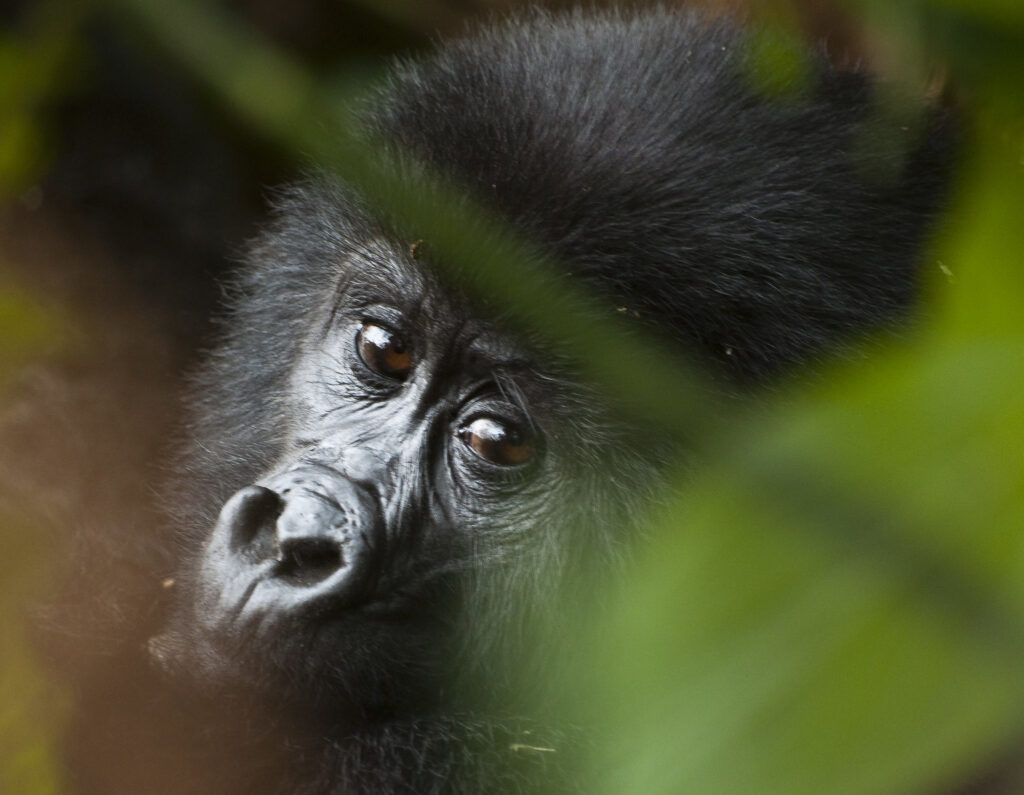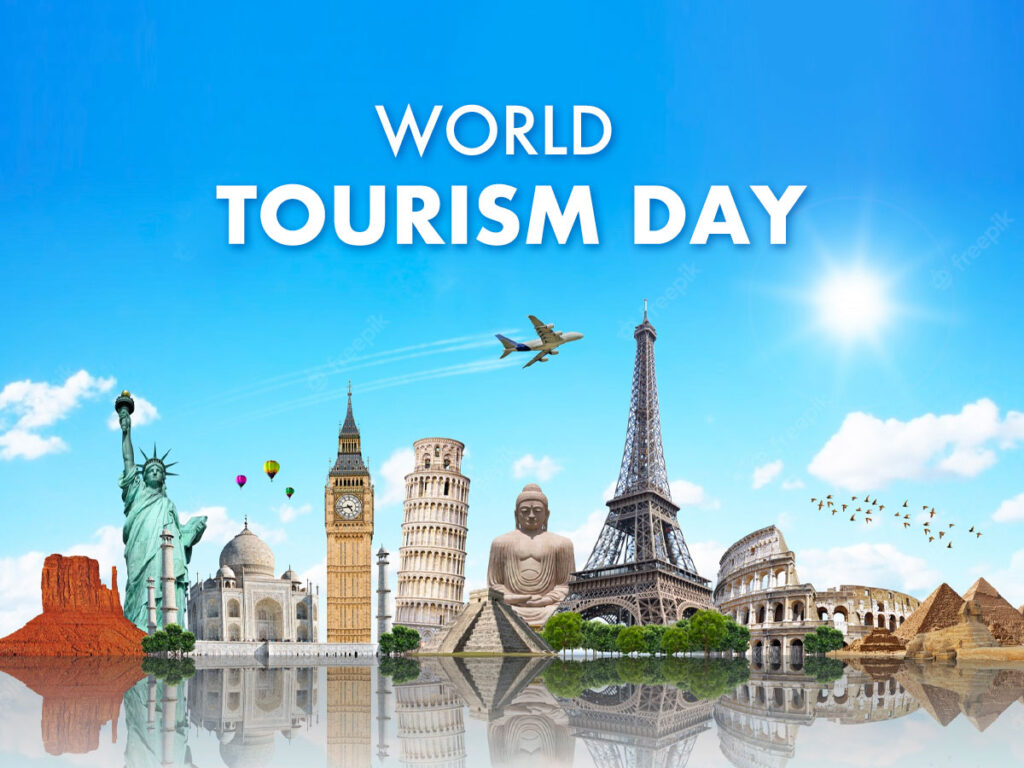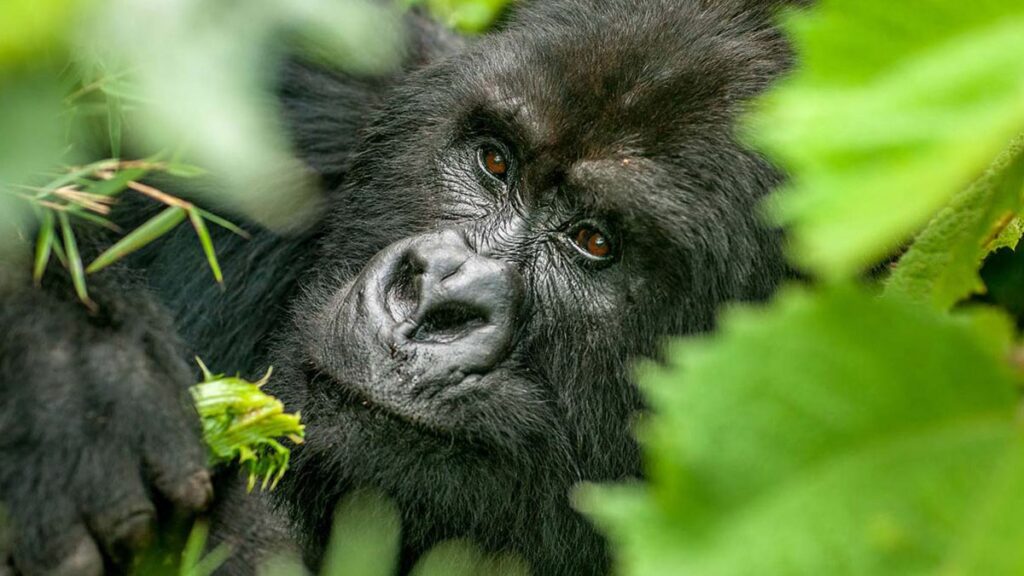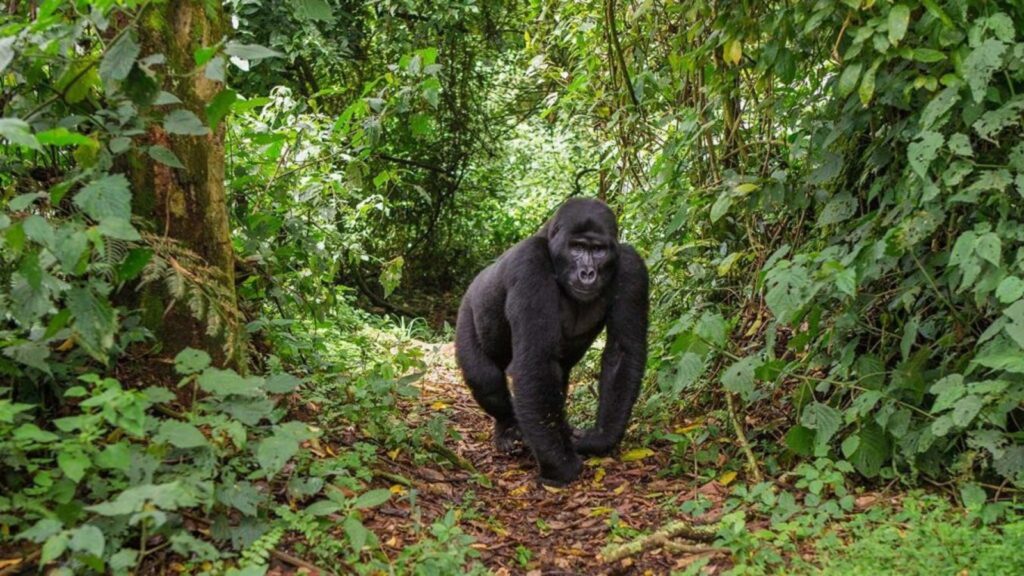Gorilla Trekking Permit Rules – What You Must Know Before the Trek
Getting a gorilla trekking permit is not just about paying for access. It also means you must follow strict rules and regulations set by park authorities. These rules protect the endangered gorillas, your health, and the quality of the trekking experience. Whether you’re trekking in Uganda, Rwanda, or Congo, these permit rules are enforced across all national parks. Here’s what you need to know before stepping into the forest.
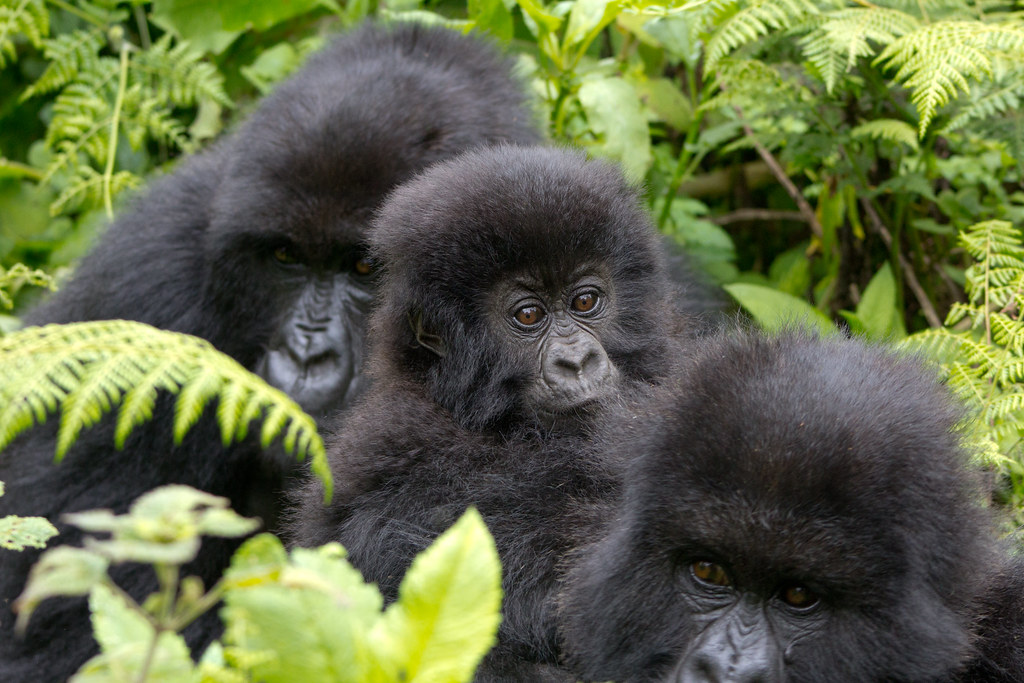
Minimum Age Requirement
You must be at least 15 years old to take part in a gorilla trek. This rule applies in Uganda, Rwanda, and Congo. It helps limit risks like fear reactions, noise, or potential illness transmission from younger children.
Health and Illness Restrictions
Gorillas share about 98% of human DNA, making them vulnerable to human diseases. If you’re feeling sick—with flu, cough, or any contagious illness—you won’t be allowed to trek. Rangers can deny you access on the day of the trek if you show symptoms.
You may also be asked to wear a mask during the encounter. This protects the gorillas, especially during outbreaks or during sensitive health seasons.
Group Size and Time Limit
Each gorilla group can be visited by a maximum of 8 people per day. This keeps the stress on the gorillas low and ensures a calm encounter. Once your group finds the gorillas, you are allowed only one hour with them. This hour starts the moment the group reaches the gorillas.
If gorillas move away quickly or visibility is poor, rangers may extend the viewing slightly, but this is rare and not guaranteed.
Keep a Safe Distance
Trekkers must stay at least 7 meters (about 21 feet) away from the gorillas. If a gorilla approaches you, remain still and avoid eye contact. Do not run or make sudden movements. This distance helps avoid disease transmission and prevents gorillas from feeling threatened.
No Flash Photography
Flash photography is strictly prohibited. It startles gorillas and disrupts their behavior. Make sure your camera’s flash is turned off before you start the trek.
You’re free to take photos or videos, but use a quiet shutter mode and hold your camera steady. Sudden arm movements can cause the gorillas to become defensive.
Don’t Touch the Gorillas
Even if a gorilla gets close, do not try to touch it. Gorillas are wild animals and unpredictable. Touching also risks spreading skin diseases or germs.
Park rangers and guides are trained to intervene if needed. Follow their instructions closely.
Noise Control and Behavior
Speak in a low voice during the trek. Loud conversations, shouting, or laughing are discouraged. You should also avoid sudden gestures, running, or aggressive behavior.
If nature calls, tell your guide. He will direct you to a safe, eco-friendly spot. Littering in the park is strictly forbidden.
Respect Ranger Instructions
Rangers are there for your safety and the gorillas’ well-being. Follow all instructions without question. They know gorilla behavior and how to respond in every situation. If a gorilla charges, crouch down slowly and avoid eye contact until the animal relaxes.
Final Thought: Plan Your Safari
Gorilla trekking is an unforgettable experience, but it comes with responsibility. By following the rules, you protect yourself and help conserve one of the world’s most endangered species. Know the guidelines before you go. Respect the distance, limit your impact, and enjoy a safe, once-in-a-lifetime journey in the wild.

